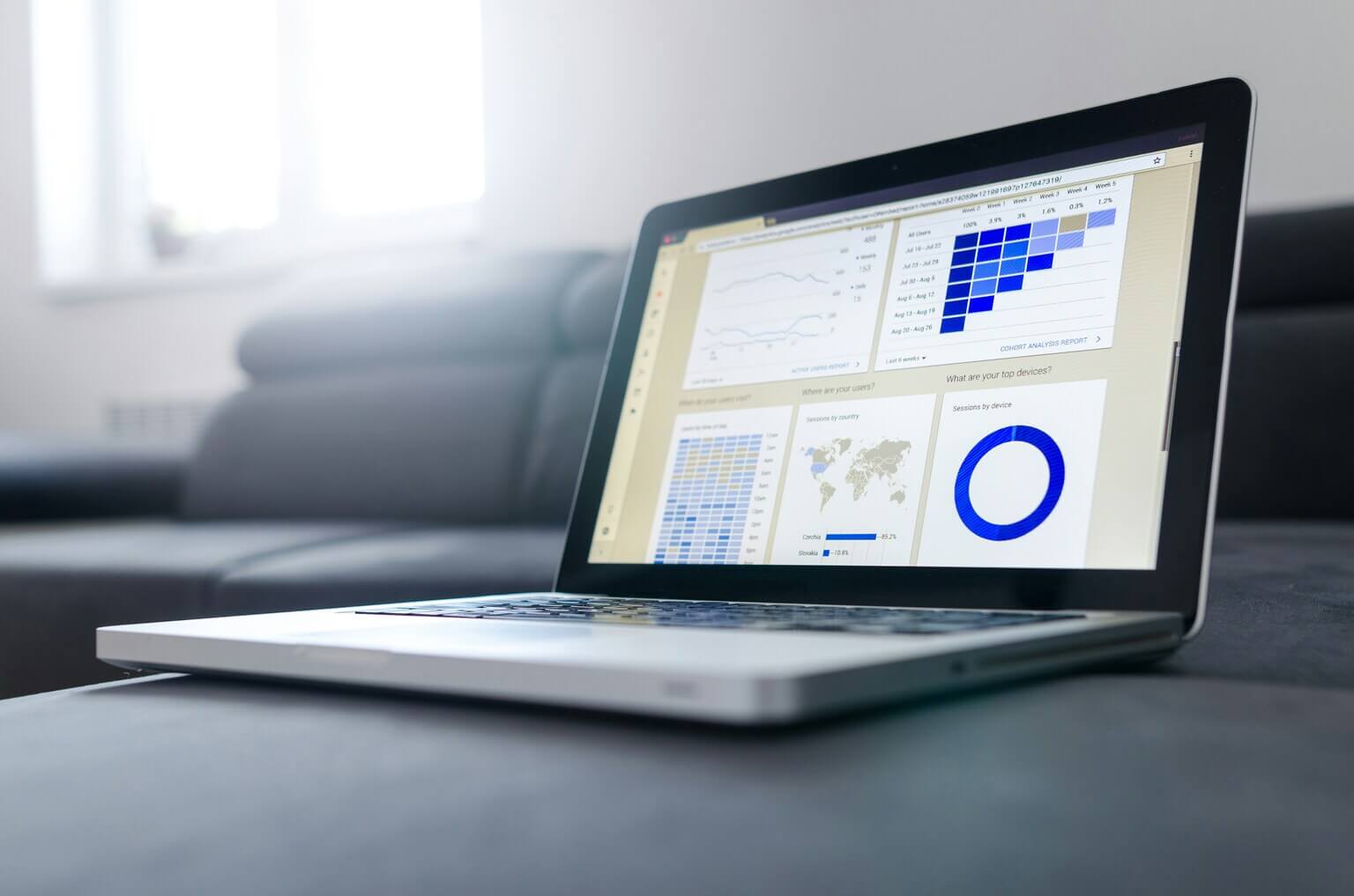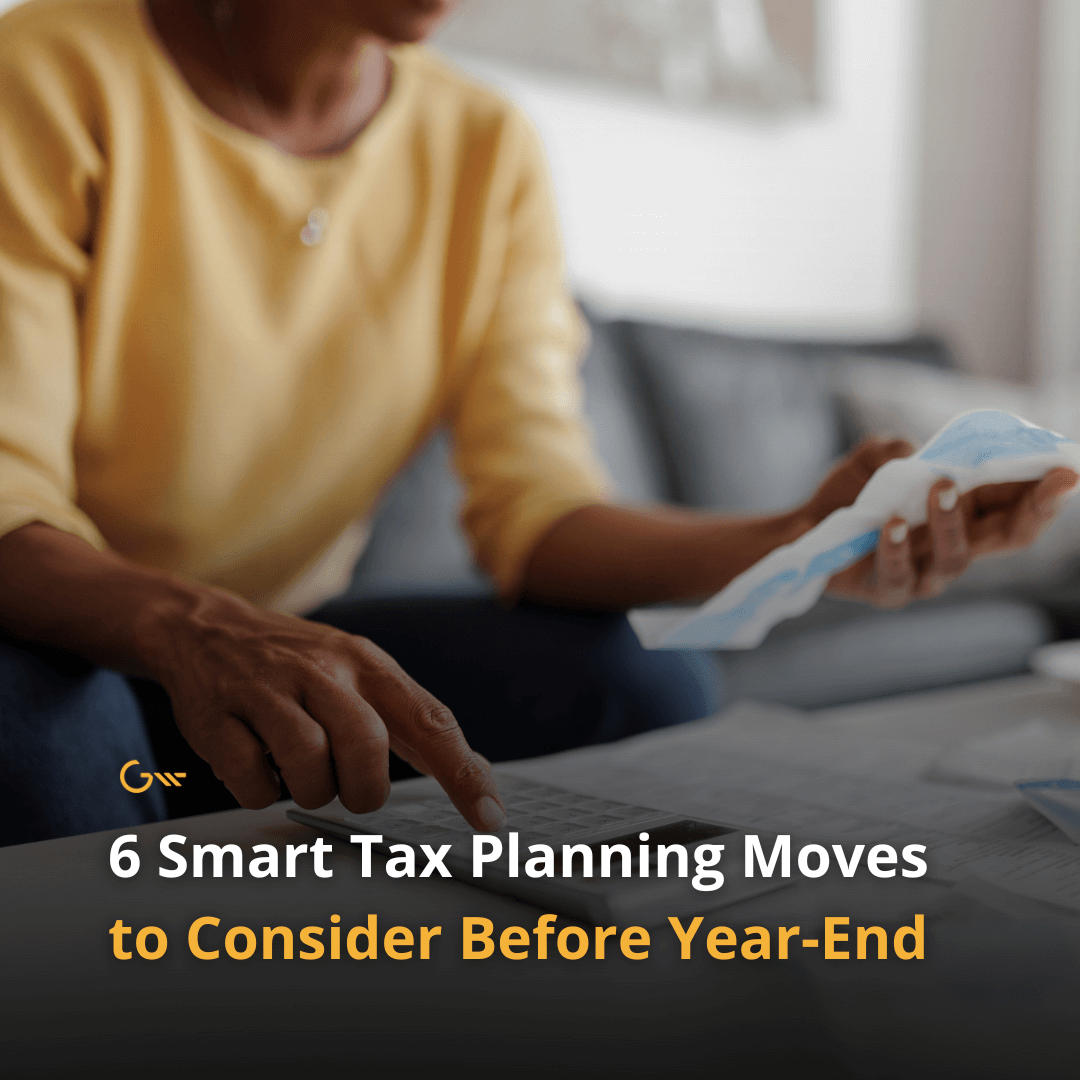We’ve been talking about the risk of inflation, but there’s also the matter of deflation to consider. Deflation impacts how we view the markets, pricing of equities, and the movement of interest rates. It may be surprising, but deflation can be good or bad. It all depends on the broader circumstances.
COVID-19
COVID-19 cases are declining. We’ve seen a 77-78% decline in new cases over the last seven weeks, which is pretty remarkable. On March 2nd, 2021, Texas reopened everything thoroughly, and they have removed the mask mandate. Texas reopening to its full capacity is undoubtedly a good sign for the economy.

Good Deflation
We saw prices slowing last year during COVID-19 lockdowns, which is expected, but now as the economy is reopening, inflation expectations increase 2.5 – 4%. But the argument, of course, is that this will be transient. The deflation argument begins with technology and innovation. Much of the technology that we use today seemed like science fiction not too long ago. We are all very familiar with the Netflix story, but innovation happens so quickly that we often forget the process. Netflix was renting out DVDs for the beginning of the 2000s and didn’t start streaming until 2007. And that was just 14 years ago!
Netflix made the process more comfortable with just a click. No longer are you putting together your DVDs list to order by mail — and then waiting for your picks to become available. There is no more waiting, just streaming at your convenience. So we would consider that part of good deflation.

Next, let’s discuss autonomous driving and electric vehicles. These vehicles are replacing internal combustion engines. Also, about 3% of the workforce are involved in trucking and delivery service. Over time, a portion of these workers will be displaced. Companies no longer have these wages to spend and can work a robot much harder with increased production.
Our final example of good deflation is supply chain management. Meaning, when you think of a brick-and-mortar such as a Dollar General, they’re limited by their shelf space. They need to make sure they’re only putting products on the shelf that they can sell to you.
However, online retail does not face the same constraints. They have their algorithms tracking what you want to buy and larger warehouses where product lines can go from thousands to millions. They can ship across the country, but they’re working on 3D printing and autonomous delivery. Therefore, instead of sending you $80 tennis shoes worldwide, they could 3D print shoes locally and bring the prices down significantly.
Bad Deflation
Central banks do not like price deflation because debt may become harder to pay back. You may be making less money, delivering the same interest, and have default risks rise in the economy. This puts stress on tools to lower interest rates to be stimulative since rates are already low. That’s why the Feds are keeping the money supply hot — to counteract the deflationary forces.

When we start seeing bad deflation, the technology will begin to show diminishing returns, and the money supply will grow. Then, we’ll start seeing some increase in the CPI. Bad deflation is also known as monetary deflation: the money supply gets pulled back to fight off what interest rates increase from, ultimately diminishing return.
House Passes $1.9 Trillion COVID-19 Relief Package
The house has passed a $1.9 trillion stimulus package, heading to the Senate for approval. Now the Senate has to make a couple of adjustments to ensure they have all 50 votes pass. There were some concerns with two house Democrats who voted no on this package. However, it did not matter due to plenty of yes votes. The likelihood that it’s going to pass is high, and after this, they’re talking about a $3 trillion infrastructure bill.

10-Year US Treasury Yield (EOD) Index
To put the rate discussion into context, we need to bring back our discounted cash flow equation and run it through a couple of scenarios. Last August, there were about 55 basis points on the EOD, but last week it had over 1.5-1.55. When this happens, you should look back at our discounted cash flow model and how it affects stocks.

When we talk about cash flow, we look at the expected flow of profits going forward with a company. Stock could be priced today with dividends, but most of the market uses a free cash flow measure. When people think about long-duration bonds, they think, “How long am I going to paid interest? One year, three years, or five years?” Your pay depends on the rate and time: the longer the rate, the longer the duration.

—–
If you want to learn more about our firm, we encourage you to visit our newly revamped website with some cool information.
Keep up to date on Gatewood Wealth Solutions through our daily 3x3s and our weekly market insights on our YouTube,Facebook, and LinkedIn accounts.
Disclosures:
The opinions voiced in this material are for general information only and are not intended to provide specific advice or recommendations for any individual. All performance referenced is historical and is no guarantee of future results.
All indices are unmanaged and may not be invested directly. The economic forecasts outlined in this material may not develop as predicted, and there can be no guarantee that the strategies promoted will be successful.
All investing involves risk, including the possible loss of principal. No strategy assures success or protects against loss.
Securities and advisory services are offered through LPL Financial, a registered investment advisor, Member FINRA/SIPC.




